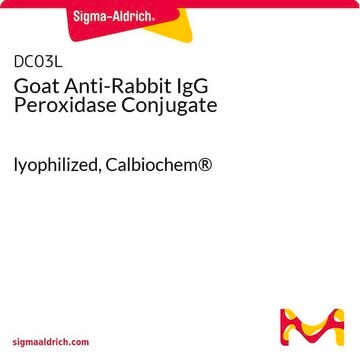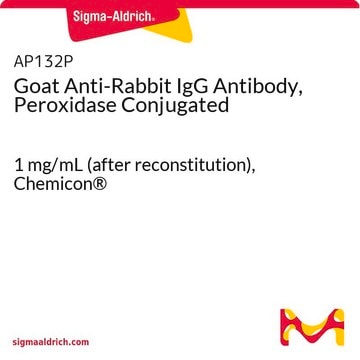E1505
Ethyl 2-cyanoacrylate
liquid
Synonyme(s) :
ethyl 2-cyanoprop-2-enoate
About This Item
Produits recommandés
Forme
liquid
Niveau de qualité
Température de stockage
2-8°C
Chaîne SMILES
CCOC(=O)C(=C)C#N
InChI
1S/C6H7NO2/c1-3-9-6(8)5(2)4-7/h2-3H2,1H3
Clé InChI
FGBJXOREULPLGL-UHFFFAOYSA-N
Catégories apparentées
Description générale
Application
- Wound Closure: Ethyl 2-cyanoacrylate is often used in medical settings to close small cuts and wounds. It forms a strong bond when it comes into contact with moisture, effectively sealing the wound.
- Tissue Adhesives: In surgical and medical applications, ethyl 2-cyanoacrylate is used to adhere tissues together. It can be used as an alternative to traditional sutures or staples in certain procedures.
- Drug Delivery Systems: In some cases, ethyl 2-cyanoacrylate has been investigated as a component in drug delivery systems and tissue engineering due to its biocompatibility and ability to form strong bonds with biological materials.
- It can also be mixed with hydrophobic silica nanoparticles for the designing of cotton fabrics for medical applications.
Mention d'avertissement
Warning
Mentions de danger
Conseils de prudence
Classification des risques
Eye Irrit. 2 - Skin Irrit. 2 - STOT SE 3
Organes cibles
Respiratory system
Code de la classe de stockage
10 - Combustible liquids
Classe de danger pour l'eau (WGK)
WGK 1
Point d'éclair (°F)
185.0 °F - closed cup
Point d'éclair (°C)
85 °C - closed cup
Équipement de protection individuelle
Eyeshields, Faceshields, Gloves
Certificats d'analyse (COA)
Recherchez un Certificats d'analyse (COA) en saisissant le numéro de lot du produit. Les numéros de lot figurent sur l'étiquette du produit après les mots "Lot" ou "Batch".
Déjà en possession de ce produit ?
Retrouvez la documentation relative aux produits que vous avez récemment achetés dans la Bibliothèque de documents.
Notre équipe de scientifiques dispose d'une expérience dans tous les secteurs de la recherche, notamment en sciences de la vie, science des matériaux, synthèse chimique, chromatographie, analyse et dans de nombreux autres domaines..
Contacter notre Service technique








